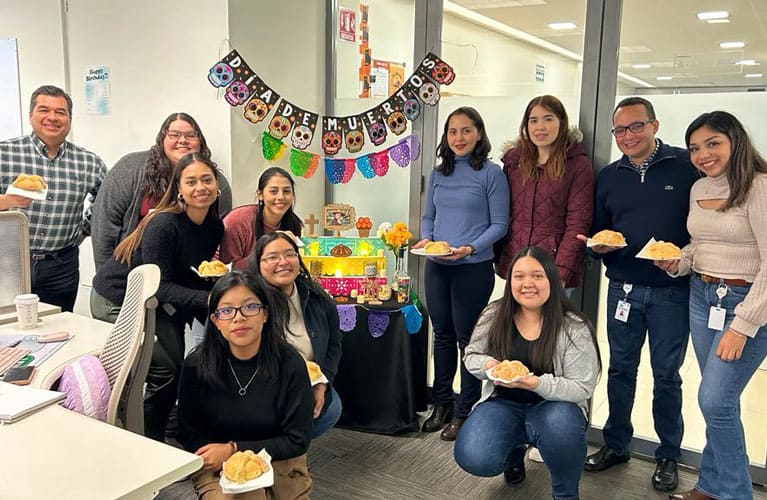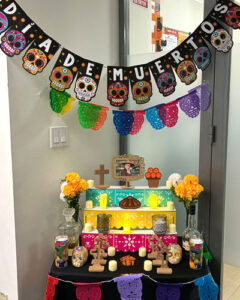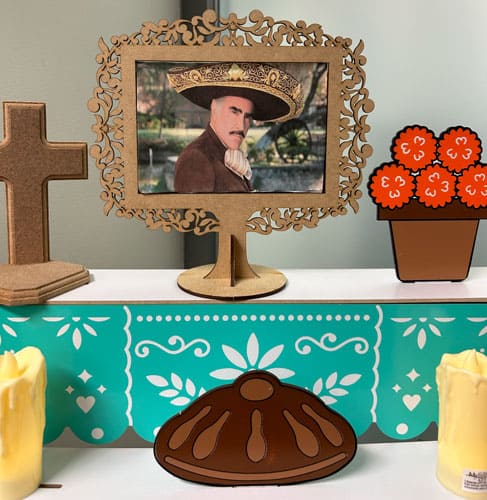Embracing Tradition: Exploring the Significance of Day of the Dead

The Day of the Dead is one of the most important festivities in Mexico, and its origins dates back more than 500 years in the union of traditions of pre-Hispanic culture with Catholic culture. It celebrates the temporary return to the Earth of deceased relatives and loved ones, who cross the Mictlan (underworld) to be with mortals.
The celebration begins on November 1st and 2nd and is divided into categories. According to the Catholic calendar, November 1st corresponds to All Saints Day, a day dedicated to the “little dead” or children. On November 2nd the “Faithful Departed”, for adults.
Every year, many families place offerings and altars decorated with Cempasúchil flowers, papel picado, sugar skulls, bread of the dead, mole or some dish dedicated to their relatives or loved ones. Similar in pre-Hispanic times, Copal is placed to aromatize the place. In 2008, the UNESCO (United Nations Educational, Scientific and Cultural Organization) declared this festivity as Intangible Cultural Heritage of Humanity, due to its importance and meaning as it is a traditional expression contemporary and living at the same time, integrative, representative and community.
At Interra, we decided to honor this valuable Mexican tradition by placing an Altar to the famous Mexican singer, producer, and actor Vicente Fernandez known as “Chente” or “El rey de la cancion ranchera”. He started his career singing for tips on the street, inspired by Pedro Infante. He became a Mexican cultural icon, recorded more than 50 albums, and contributed to many movies. He sold over 70 million copies worldwide. Vicente Fernandez won 4 Grammys, 8 Latin Grammys, a star on the Hollywood walk of fame and 14 premios los nuestro.





